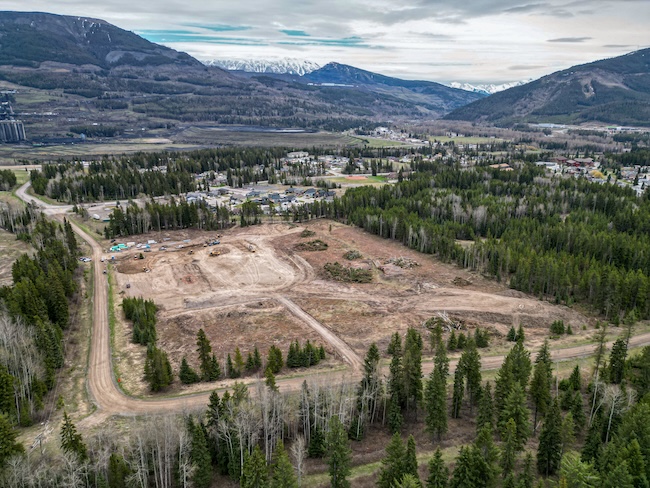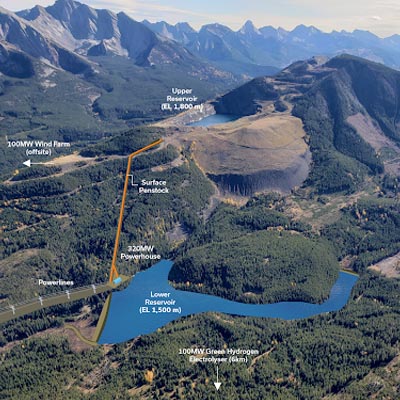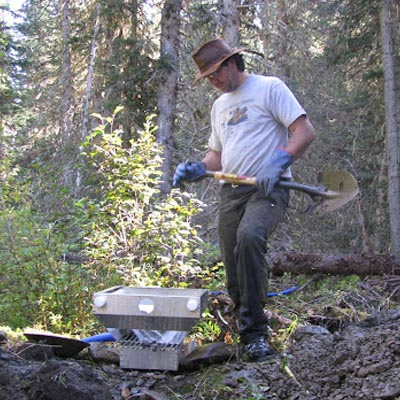B.C. industry association advocates for infrastructure projects

Chris Gardner, ICBA president — Photo: Independent Contractors and Businesses Association of British Columbia Many industry watchers in British Colu
Chris Gardner, ICBA president — Photo: Independent Contractors and Businesses Association of British Columbia
Many industry watchers in British Columbia are concerned the province is getting a reputation as a jurisdiction where it's hard to get large infrastructure projects approved.
Such major undertakings as the replacement bridge for the George Massey Tunnel in suburban Vancouver and the Site C Dam on the Peace River in northeastern B.C.—as well as a host of smaller projects—could be jeopardized by determined but uninformed opposition, they say.
In response, the Independent Contractors and Businesses Association of British Columbia (ICBA) has created the Growing the Economy campaign. Founded in 2016, Growing the Economy provides organized support for the development of infrastructure projects in B.C.
“The program grew out of an ICBA board of directors strategic planning session five years ago,” said Phil Hochstein, the recently retired president of the ICBA, which he ran for 30 years. “We wanted to get more shovels in the ground in B.C.”
Hochstein said there is “huge support” for responsible economic development in B.C.
“But, until Growing the Economy, the supporters weren’t organized,” he said. “We needed to build an army to fill the void.”
Hochstein said too many people who were pro-development spent more time talking than doing.
“The people who supported development in B.C. needed leadership,” he said. The opposition to development in B.C. was better organized than support for it.
“The opposition has been very good at mobilizing its supporters,” said Hochstein. “We needed to learn from them.”
The result was the Growing the Economy campaign, which provides focus for the pro-development forces. “They’re a motivated group of people and we can show them how to make their thoughts on development heard,” Hochstein said.
Chris Gardner, who succeeded Hochstein as ICBA president, said that the goal of Growing the Economy is to support infrastructure, energy and resource development projects that are proposed or underway in B.C.
“Because the opposition to some development projects is so well-organized, sometimes the voice of the silent majority that supports a balanced approach to resource development gets lost,” Gardner said.
There are many aspects to economic development that are unique to B.C. that need to be addressed and balanced. For example, B.C. is the gateway to the Asia Pacific economy and the province’s prosperity depends on resource exports. At the same time, it also has a long coastline that most people want to protect. And most British Columbians want the province’s First Nations to benefit from economic development.
“About 80 per cent of the people in B.C. we’ve polled support responsible development,” Gardner said. “Responsible development is development that has regulatory approval, that has engaged local communities, that benefits First Nations and that is environmentally sustainable.”
Gardner says the opponents of balanced growth are putting jobs and growth at risk.
“Infrastructure jobs support families,” he said. “And the projects generate a lot of money for the B.C. economy, including the Lower Mainland.”
In addition to its website, Growing the Economy has a strong social media presence, with 30,000 members. And in the fall of 2016 it helped organize three truck rallies in northern B.C., in which more than 500 truckers took part.
“There will be job opportunities in northern B.C. for many people,” said Gardner. “In addition, there are smaller, regional projects that need support, such as hydro transmission lines and hospitals. They all mean jobs and expand the provincial infrastructure.”




